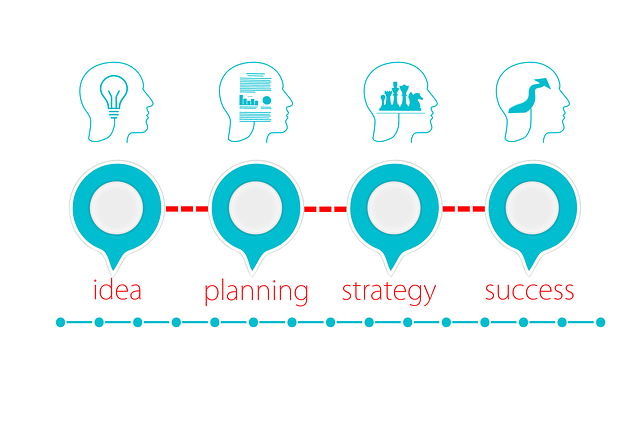Real Estate professionals rely on tracking key performance indicators (KPIs) like sales volume, conversion rates, time on market, and customer satisfaction to guide strategy, enhance operations, and stay competitive in a dynamic market. Setting clear targets aligned with business goals ensures focused direction and data-driven decision-making, leading to more closed deals and optimized services.
In today’s competitive real estate market, tracking performance using key metrics is essential for success. This article guides you through a strategic approach to identifying relevant key metrics, establishing clear performance targets, and regularly tracking and analyzing results. By implementing these steps, real estate professionals can gain valuable insights, optimize strategies, and ultimately drive better outcomes. Discover how data-driven decisions can revolutionize your business and stay ahead of the curve in the dynamic world of real estate.
Identify Relevant Key Metrics for Real Estate

In the dynamic world of real estate, tracking performance using key metrics is essential for gauging success and making informed decisions. To start, identify metrics that align with your specific goals. For Real Estate, some critical indicators include sales volume, property listing conversion rates, average time on market, and customer satisfaction scores. Sales volume reflects the overall health of your business while conversion rates indicate the effectiveness of your marketing strategies.
The average time a property spends on the market offers insights into market trends and listing efficiency. Customer satisfaction scores, often measured through feedback or surveys, are vital for understanding client experience and identifying areas for improvement. By closely monitoring these Real Estate-focused key metrics, professionals can optimize their operations, enhance performance, and ultimately drive growth.
Establish Clear Performance Targets

Setting clear performance targets is a fundamental step in tracking and improving results, especially in the dynamic landscape of real estate. To begin, define measurable goals that align with your overall business strategy. For instance, increasing property sales volume by 15% within the next quarter could be a target. This goal provides a specific, achievable metric to strive for, enabling agents and teams to focus their efforts effectively.
Additionally, performance targets should be tailored to individual roles and responsibilities. An agent might aim to reduce the average time from listing to sale, while a team leader may focus on enhancing customer satisfaction ratings. By setting these clear objectives, the real estate business can implement data-driven strategies, monitor progress, and make informed decisions to stay ahead in an ever-evolving market.
Regularly Track and Analyze Results

In the dynamic world of real estate, staying ahead requires constant vigilance and data-driven decisions. Regularly tracking and analyzing key performance indicators (KPIs) is non-negotiable for success. By setting up robust monitoring systems, agents can gain valuable insights into their sales trends, client engagement, marketing effectiveness, and more. This proactive approach enables them to make informed adjustments, fine-tune strategies, and ultimately, close more deals.
For instance, tracking listing views, property inquiries, and conversion rates can reveal hot markets and popular property types. Analyzing customer feedback and review scores helps in understanding client preferences and identifying areas for improvement. Such insights empower real estate professionals to optimize their efforts, ensuring they are meeting and exceeding client expectations in a competitive market.






